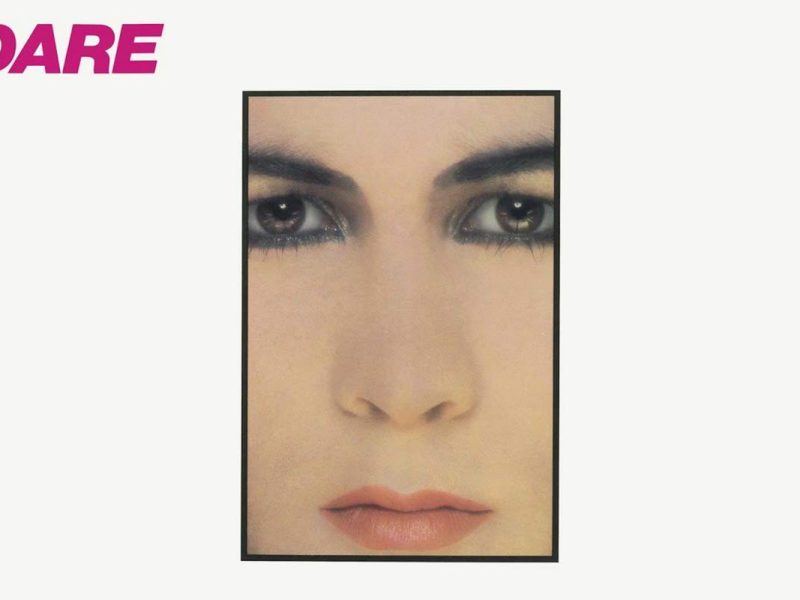The grunge revolution was in full swing by late 1993, and plenty of established rock acts found it difficult to draw the type of sales or airplay they’d enjoyed during the ’80s. The guys in Rush, 25-year vets getting ready to release their 15th studio album at that point, knew they’d be returning to a musical landscape that had changed a great deal since they’d scored a massive hit with 1991’s Roll the Bones.
If anyone at the band’s label was worried when Counterparts arrived in stores on Oct. 19, 1993, however, their fears quickly vanished in a wave of sales receipts. Not only was the record a hit, Counterparts set a new chart peak for Rush in the U.S., debuting at No. 2. In fact, it only missed the top spot because it happened to come out the same week as what might have been the most highly anticipated rock record of the year, Pearl Jam’s Vs.
And far from being regarded as relics at mainstream rock radio, the band ended up scoring a slew of hits from Counterparts – including their fifth No. 1 hit at the format, the lead-off single “Stick It Out.”
READ MORE: The Best Songs from Rush’s Last Albums
Part of the record’s success was due to Rush’s well-timed shift back to the more aggressive sounds of their earlier efforts. After dabbling in glossier production during the ’80s, they stripped things back during the Counterparts sessions, which found them reuniting with producer Peter Collins.
“We’ve kinda shifted the interest back to the guitar,” guitarist Alex Lifeson admitted during a 1993 interview. “We’ve been talking about moving in that direction for quite a while, but certainly with this one we made a concerted effort to do that. The keyboards are much deeper in the mix. It was to sort of capture an energy that we used to have when it was more of a concentrated three-piece.”
Listen to Rush’s ‘Nobody’s Hero’
Rush’s Journey Back to Basics
Lifeson was quick to point out that the band’s new songs weren’t any less complex than their more recent stuff, but he did concede that Counterparts was something of a back-to-basics record in terms of their sonic approach.
“Roll the Bones sounded so much tougher live than in the studio, which is what we really wanted to capture with these songs on this record – to make sure it had that kind of impact,” he explained. “Just by the nature of the way we recorded it, using an engineer [Kevin Shirley] whose particular style is very straightforward – I mean, he just stuck the mics up and hit the record button in a very straight approach in terms of signal path from the instrument to the tape – that really helped us to capture that size and style.”
Bassist Geddy Lee also used Roll the Bones as a point of reference – and praised Shirley – during a 1994 appearance on Rockline.
“There were a couple of tracks on that record that we felt when we recorded it, we thought we had a more aggressive sound going down to tape,” he said. “When we got the final mixes, and we were listening to a couple of the tracks, we felt, ‘You know, you know … we thought we had more here than we really have.’ That kinda started the wheels turning as to, ‘Maybe we’re going about recording in a way that needs to change. Maybe there’s an aspect of our sound that we’re not capturing the way we used to capture it,’ so that spurred this search for the right engineer.”
An Era of Mainstream Acceptance
As Lee also explained on Rockline, that change extended to the songwriting sessions for Counterparts. “I guess what we’d been going through over the last few years was a period of extreme involvement with high-tech equipment – writing on computers and so-forth,” Lee said.
“When Alex and I started writing this record, we kind of looked at these mountains of synthesizers that were being brought into the writing room, and we kinda had this reaction,” Lee added. “it was almost like an allergic reaction: ‘I think it’s time maybe we stepped back from this stuff.’ So, we went back to a more simpler, basic way of writing, which just … guitar, bass, vocals, and drums. A lot of the material was written in that way, so in that sense it was kind of a purer sound.”
READ MORE: Where Rush Ranks Among Canada’s Top Acts
That “purer sound” ushered in the first wave of a new era of success and mainstream acceptance for Rush that culminated with the band’s long-overdue induction into the Rock & Roll Hall of Fame in 2013. They were never really a trend-conscious band, of course, and a few moments from Rush’s catalog sound like products of their time – but Counterparts might mark the spot where they evolved past trends once and for all.
Legends Who Never Had a No. 1 Single
It’s all the more surprising when you consider the success so many of them had by any other measure.
Gallery Credit: Nick DeRiso
The Rush / Metallica Team-Up That Slipped Away



